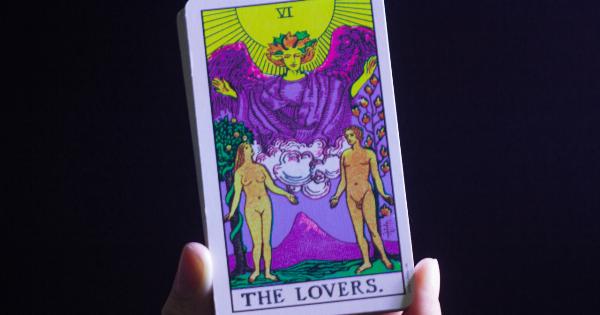For centuries, dogs have been faithful companions to humans. The domestication of dogs is a fascinating subject, and scientists have been trying to unravel the mystery of how and when it happened for a long time.
Recent studies have shown that the story of dog evolution is much more complicated than previously thought.
The Theory of Domestication
Until now, it was believed that dogs originated from wolves around 15,000 years ago. According to this theory, humans took wolf cubs and raised them. Over generations, these wolves evolved into dogs and became domesticated animals.
However, a recent study published in the journal “Science” challenges this theory. The researchers analyzed the genomes of dogs and wolves from all over the world.
They found that the genetic makeup of modern dogs is more complex than previously thought. In fact, ancient dogs seem to have contributed to the genetic makeup of modern dogs, in addition to wolves.
Ancient Dogs and Their Origins
The study found that there were at least five distinct lineages of dogs that existed before the domestication of wolves. These ancient dogs lived in different parts of the world and were domesticated by different human populations.
Their genetic fingerprints can still be found in modern dogs.
The first lineage lived in East Asia and migrated to Siberia, North America, and Greenland. These dogs were domesticated about 16,000–18,000 years ago by the people of the Arctic. They were used for transportation and hunting in the harsh Arctic climate.
The second lineage lived in Southeast Asia and was domesticated by people in southern China. These dogs were the ancestors of modern toy breeds such as the Shih Tzu and the Pekingese. They were used as companions and lap dogs.
The third lineage lived in the Middle East and was domesticated by people in the Fertile Crescent. These dogs were used for hunting and herding. They were the ancestors of many herding breeds such as the Border Collie and the German Shepherd.
The fourth lineage lived in Europe and was domesticated by people in the Danube River valley. These dogs were used for hunting and herding. They were the ancestors of many hunting breeds such as the English Pointer and the Irish Setter.
The fifth lineage lived in the Americas and was domesticated by the indigenous people of North and South America. These dogs were used for transportation, hunting, and as companions.
They were the ancestors of many breeds such as the Alaskan Malamute and the Chihuahua.
The Role of Ancient Dogs in Modern Dog Evolution
The study found that the ancient dogs interbred with wolves and with each other. This interbreeding gave rise to the genetic diversity that we see in modern dogs. Some breeds have a higher proportion of ancient dog DNA than others.
For example, the Alaskan Malamute has a higher proportion of ancient dog DNA from the Americas, while the Pekingese has a higher proportion of ancient dog DNA from Southeast Asia.
This study shows that the origins of modern dogs are much more diverse than previously thought. In addition to wolves, ancient dogs played a significant role in shaping the genetic makeup of modern dogs.
The study also sheds light on the complex relationship between humans and dogs over the millennia.
The Evolution of the Domestic Dog
The domestication of the dog is a fascinating tale of coevolution between humans and canids. It is a story that spans tens of thousands of years and is still unfolding today.
The domestic dog is one of the most genetically diverse species on the planet, with over 300 breeds recognized by the American Kennel Club.
The study of dog evolution is important not only for understanding our relationship with dogs but also for understanding human evolution.
The domestication of dogs was the first step in human domestication of animals, which led to the rise of agriculture and the development of human civilization.
Overall, the research pinpoints diverse origins of modern dogs. The domestication of dogs is a complex process that involves multiple lineages of ancient dogs in addition to wolves.
Understanding the roots of modern dog breeds can help us appreciate these loyal companions in a more profound and meaningful way.






























